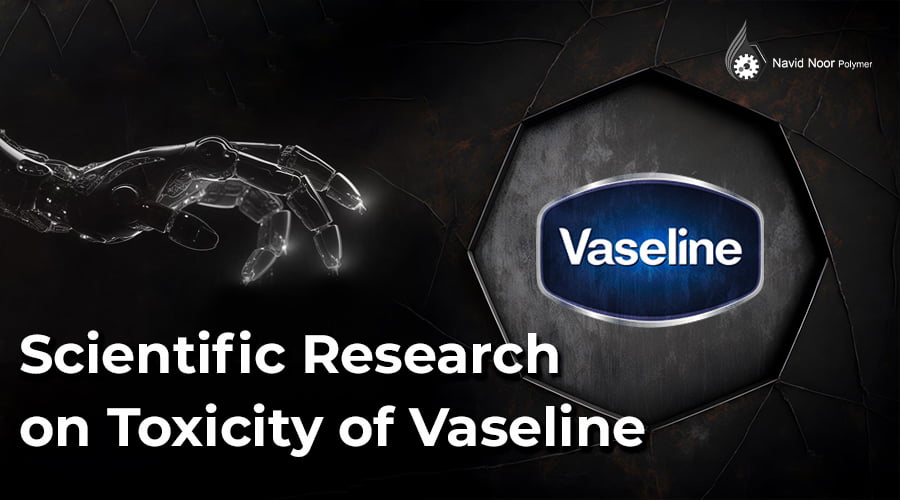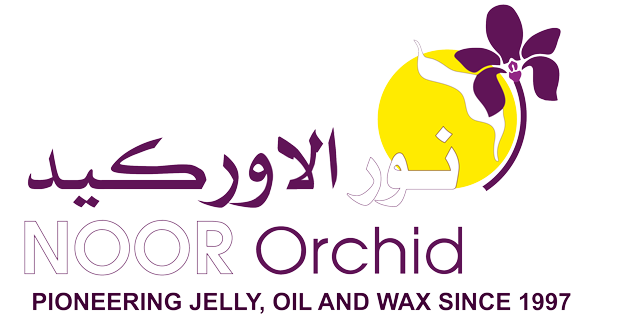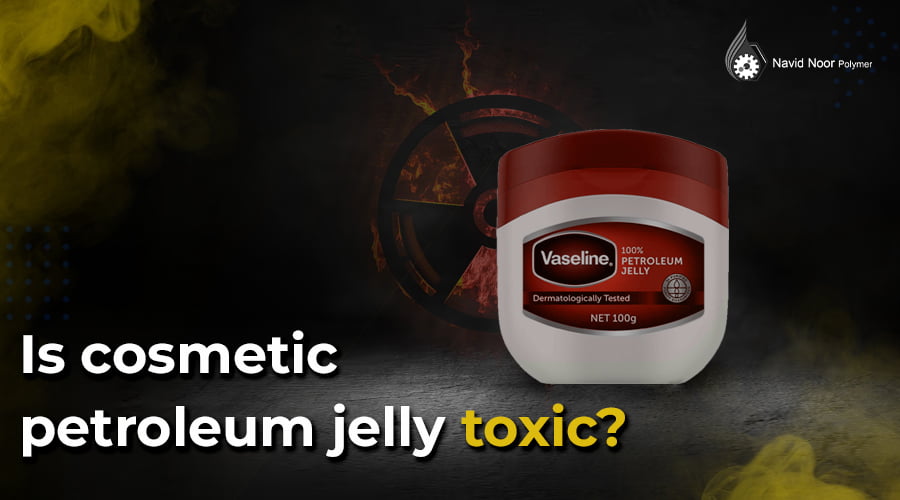Introduction
You are probably familiar with the name Vaseline. This popular product is also known as petroleum jelly. This product has been the main part of skin care equipment in families for decades and has had many uses, including moisturizing dry skin and protecting burned or cut skin. However, there have always been concerns about its safety or potential toxicity. Some people believe that this substance can be toxic to the body in the long run.
However, in this article, we want to examine the nature of petroleum jelly and examine the reasons for the misconceptions surrounding the toxicity of petroleum jelly. We will also understand what scientific and research societies of the world have done in this regard and what is their opinion about it. Finally, we will determine whether this gel is harmful to users or not.
Understanding petroleum jelly
To understand whether petroleum jelly is toxic or not, we must first understand what petroleum jelly product is made of. This product can be considered as a semi-solid mixture obtained from oil as a natural fossil fuel. In the process of refining crude oil, various substances are refined and removed from crude oil. There are even impurities and harmful substances that can be harmful to people’s health and the environment, all of which are separated in the crude oil refining process. Petroleum jelly is one of the derivatives that come out of the crude oil refining process. Known as a colorless and odorless substance with excellent moisturizing properties, it is a popular choice for skin care applications.
Dispelling Misconceptions of Petroleum Jelly Toxicity
The belief that petroleum jelly is a poisonous substance originates from several misconceptions. The first misconception may be from the name Petroleum. When it comes to petroleum, most people think of it as a dangerous chemical. Keep in mind that Vaseline is made through the exacting process of refining crude oil. In such a way that any potentially harmful components have been eliminated and the use of Vaseline on the skin will not cause any problems.
The second concern about the toxicity of petroleum jelly is due to the occlusive nature of this product. Some people fear that this substance will remain on the surface of the skin as a permanent protective barrier. In a way that prevents the skin from breathing or absorbing nutrients from the surface of the skin in the long run. However, scientific evidence has shown that Vaseline does not hinder the normal function of the skin and allows sufficient oxygen exchange on the surface of the skin. It can help maintain moisture on the surface of the skin and prevent the loss of excess water from the skin. This means that it will act as a factor for skin hydration.
Scientific Research on Toxicity of Vaseline
Until now, there have been many scientific studies on the safety of petroleum jelly in the world’s scientific societies. The agreement of the scientific community based on reliable scientific research has been that when this product is used correctly on healthy skin, it will be safe for most people. The prestigious cosmetic dermatology magazine has conducted comprehensive research on the use of Vaseline on the skin. According to one study, participants used Vaseline on their skin for 4 weeks. After these four weeks, none of the participants showed any significant side effects.

Along with the above research, the US Food and Drug Administration (FDA) has recognized the use of petroleum jelly as “Generally Recognized as Safe”. In this way, using Vaseline on the surface of the skin will not cause any complications. According to this classification, Vaseline has a long history of safe use, and it will not cause any harm if used topically. FDA research is very reliable for any ingredient, and if a product is classified as safe by the agency, it can be safely used for skin problems.
Potential Risks and Precautions
While petroleum jelly is generally classified as safe, it is necessary to pay attention to some cautionary points in this regard. First of all, it is not a good idea to use Vaseline on open wounds or deep skin scratches. Because placing Vaseline on the damaged tissue may trap bacteria and delay the healing process. Petroleum jelly can create a barrier on damaged skin that prevents proper airflow and creates a breeding ground for anaerobic bacteria. This situation will also potentially lead to the aggravation of the infection in the damaged tissues.
Therefore, it is best to consult your healthcare professional before using Vaseline on your skin in such situations. Meanwhile, some people may show allergic reactions to Vaseline. Because the use of Vaseline will stimulate the redness of the skin. Thus, performing a patch test before using it on larger areas of the skin can identify any potential allergy to petroleum jelly compounds. In case of an allergic reaction, we recommend stopping using this product and looking for alternative products.
Conclusion
In this article, we examined the toxicity of petroleum jelly. If this substance is used correctly and on healthy skin, it will not be toxic in any way. The misconceptions surrounding the toxicity of this product are due to misunderstandings about the refining process and its occlusive nature on the skin. However, research has shown that these concerns are just a common misconception among people. However, Vaseline will not have any negative effects on the skin of the users, if it is used correctly.

This is Kamran Malekian working in the petroleum jelly manufacturing industry for Navid Noor Company since 2013 I am eager to make content in this industry and have a good impact on professional users and people using cosmetic and pharmaceutical products.










No comment